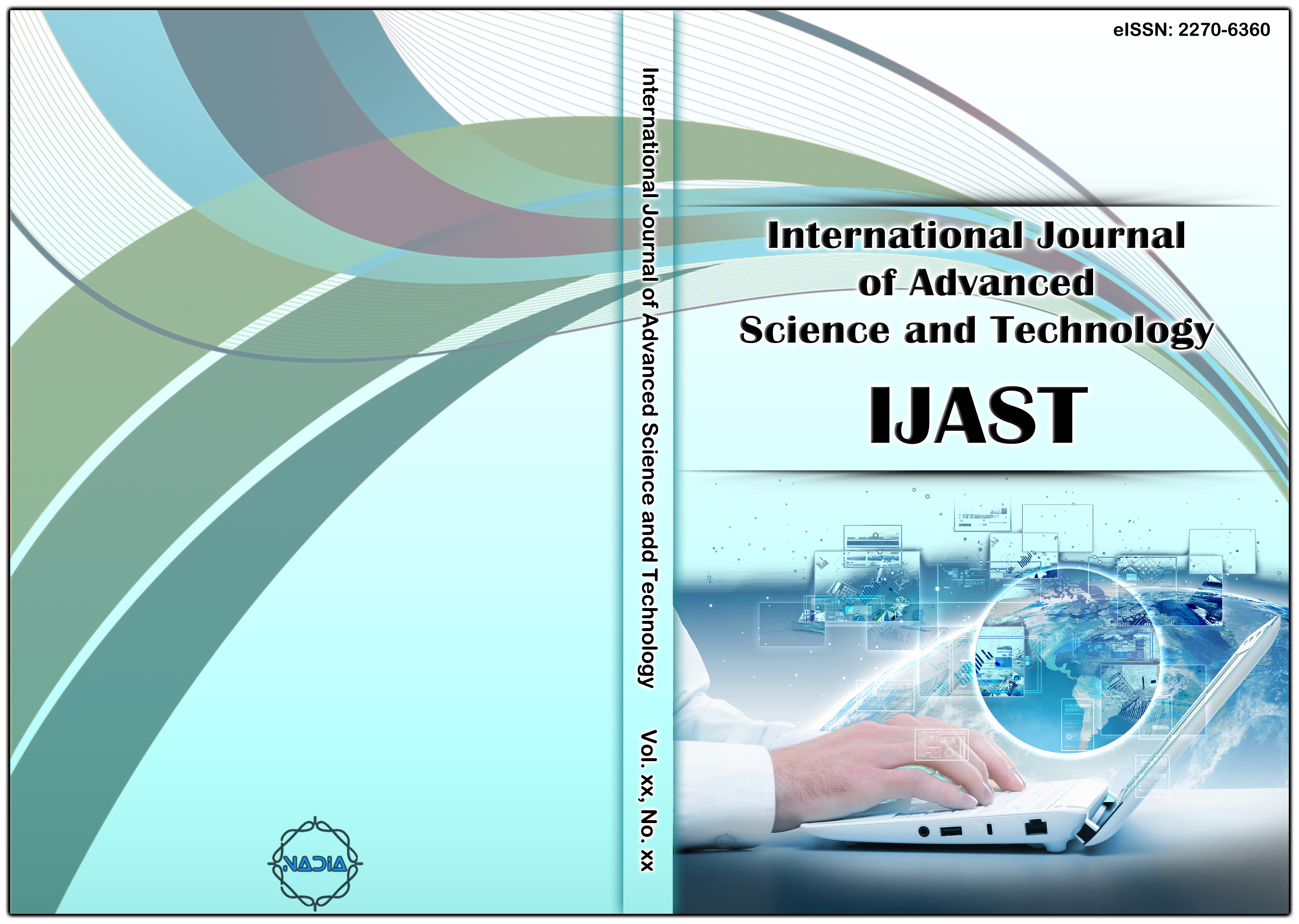[1] Koelblen B., Psikuta A., Bogdan A., Annaheim S., Rossi René M., “Human simulator – A tool for predicting thermal sensation in the built environment”, Building and Environment, 143, (2018), pp. 632-644.
[2] Broday, Evandro Eduardo, Moreto, Jeferson Aparecido, Xavier, Antonio Augusto de Paula, de Oliveira, Reginaldo, “The approximation between thermal sensation votes (TSV) and predictedmean vote (PMV): A comparative analysis”, International Journal of Industrial Ergonomics 69 (2019), pp. 1-8.
[3] Cheng, Chin-Chi, Lee, Dashang, Huang, Bi-Song, “Estimated thermal sensation models by physiological parameters during wind chill stimulation in the indoor environment”, Energy & Buildings 172 (2018), pp. 337-348.
[4] Perez-Fargallo, J.A., Pulido-Arcas, C., Rubio-Bellido, M., Trebilcock, B., Piderit, S., Attia, “Development of a new adaptive comfort model for low income housing in the central-south of Chile”, Energy & Buildings 178, (2018), pp. 94-106.
[5] Lima, Jongyeon, Akashia, Yasunori, Song, Doosam, Hwang, Hyokeun, Kuwaharad, Yasuhiro, Yamamura, Shinji, Yoshimoto, Naoki, Itahashi, Kazuo, “Hierarchical Bayesian modeling for predicting ordinal responses of personalized thermal sensation: Application to outdoor thermal sensation data”, Building and Environment, 142, (2018), pp. 414-426.
[6] Cóstola, D., Carreira, G., Fernandes, L.O., Labaki, L.C., “Seasonal thermal sensation vote–an indicator for long-term energy performance of dwellings with no HVAC systems”, Energy & Buildings, 187, (2019), pp. 64-76.
[7] Kim, Minjung, Chong, Sang Chul, Chun, Chungyoon, Choi, Yoorim, “Effect of thermal sensation on emotional responses as measured through brain waves”, Building and Environment, 118 (2017), pp. 32-39.
[8] Han, Dianshan, Li, Rui, Wang, Fulin, Suna, Zeyu, Moon, Saejin, Gong, Ziyang, Yu, Wenhong, Yin, Zhang, “Study on indoor thermal environment control based on thermal sensation prediction”, 205 (2017): 3072-3079.
[9] Calis, Gulben & Kuru, Merve, “Assessing user thermal sensation in the aegean region against standards”, Sustainable Cities and Society, 29, (2017), pp. 77-85.
[10] Hadianpour, Mohammad, Mahdavinejad, Mohammadjavad, Bemanian, Mohammadreza & Nasrollahi, Farshad, “Seasonal differences of subjective thermal sensation and neutral temperature in an outdoor shaded space in Tehran, Iran”, Sustainable Cities and Society 39, (2018), pp. 751-764.
[11] Koelblen, Barbara, Psikuta, Agnes, Bogdan, Anna, Annaheim, Simon, Rossi, René M., “Thermal sensation models: validation and sensitivity towards thermo-physiological parameters”, Building and Environment, (2018), pp. 200-211.
[12] Vellei, M., Natarajan, S., Biri, B. Padget, J., Walker, I., “The effect of real-time context-aware feedback on occupants’ heating behaviour and thermal adaptation”, Energy and Buildings, 123 (2016), pp. 179-191.
[13] Gallardo, A., Palme, M., Lobato-Cordero, A., Beltrán, R.D., Gaona, G. “Evaluating thermal comfort in a naturally conditioned office in a temperate climate zone”, Buildings, 6.27, (2016).
[14] Xu, C., Li, S., Zhang, X., Shao, S., “Thermal comfort and thermal adaptive behaviours in traditional dwellings: a case study in nanjing, China”, Building and Environment, 142, (2018), pp. 153-170.
[15] Yao, J., Yang, F., Zhuang, Z., Shao, Y., Yuan. P.F., “The effect of personal and microclimatic variables on outdoor thermal comfort: a field study in a cold season in Lujiazui CBD, Shanghai”, Sustainable Cities and Society, 39 (2018): 181-188.
[16] Li, Yong, Geng, Shibin, Chena, Fei, Li, Chaofeng, Zhang, Xiaosong, Dong, Xian. “Evaluation of thermal sensation among customers: results from field investigations in underground malls during summer in Nanjing, China”, Building and Environment 136 (2018), pp. 28-37.
[17] Maykot, Jéssica Kuntz, Rupp, Ricardo Forgiarini, Ghisi, Enedir. “A field study about gender and thermal comfort temperatures in office buildings”, Energy and Buildings, 178, (2018), pp. 254-264.
[18] Joon-Ho, Choi, Yeom, Dongwoo, “Investigation of the relationships between thermal sensations of local body areas and the whole body in an indoor built environment”, Energy and Buildings, 147 (2017): 204-215.
[19] Derks, M. T. H., Mishra, A. K., Loomans, M. G. L. C., Kort, H. S. M., “Understanding thermal comfort perception of nurses in a hospital ward work environment”, Building and Environment, 140 (2018), pp. 119-127.
[20] Hermawan and Prianto, Eddy. “Thermal evaluation for exposed stone house with quantitative and qualitative approach in mountainous area, Wonosobo, Indonesia”, IOP Conf. Ser.: Earth Environ. Sci.99 (2017): 012017.
[21] Hermawan, Prianto, Eddy, Setyowati, Erni. “Thermal comfort of wood-wall house in coastal and mountainous region in tropical area”, vol. 125, (2015), pp. 725-731.
[22] English Heritage, Energy Efficiency In Historic Buildings, Insulating solid walls, English Heritage: 2010.
